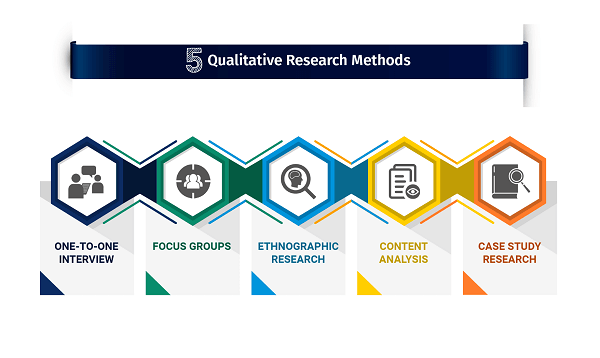Difference Between Qualitative and QuantitativeQualitativeTo understand people's social reality, including their viewpoints, convictions, and sources of inspiration, qualitative research gathers and analyses non-mathematical (engaging) material. 
This type of study frequently uses top-to-bottom discussions, center gatherings, or perspectives to collect detailed, rich information. Investigating intricate characteristics or learning about people's experiences and opinions on a certain subject are prominent qualitative research uses. It is particularly helpful for academics who want to understand the meaning people attribute to their experiences or to identify the underlying motives that underlie people's behavior. Ethnography, grounded theory, discourse analysis, and interpretative phenomenological analysis are a few examples of qualitative research techniques. Qualitative research techniques have been utilized in social science, humanities, political theory, brain science, social work, old stories, instructive research, and programming research. Approaches to InquiryIn several fields of the social sciences, such as learning sciences, development psychology, and cultural psychology, the use of nonquantitative material as empirical data has been on the rise. The philosophical and psychological traditions that have influenced researchers' approaches to qualitative research include phenomenology, social constructionism, symbolic interactionism, and positivism. Philosophical TraditionsThe philosophical field of phenomenology investigates the elements that make up a person's consciousness and all other kinds of subjective experience. Grounded theory and constructionist methods of qualitative research consider how the researcher's subjectivity and the study participants may affect the theory that develops from the research. The symbolic interactionist technique in qualitative research investigates the formation of worldviews in individuals and societies. Traditional positivist qualitative research methods seek a more objective knowledge of the social world. The sociology of information and the compositions of Harold Garfinkel, Alfred Sch�tz, Peter L. Berger, Thomas Luckmann, and others affect subjective researchers. Later philosophical commitments to qualitative request (Pernecky, 2016) take care of subjects like distrust, thought ism, optimism, hermeneutics, experimentation, and logic, and acquainted the qualitative local area with an assortment of pragmatist moves toward that are accessible inside the wide philosophical range of the qualitative idea. Pernecky manages a portion of the disregarded spaces in qualitative research, like social metaphysics, and wanders into new domains (e.g., quantum mechanics) to animate a more contemporary discussion about normal qualitative issues of absolutism and universalism. Sources of DataQualitative researchers draw on various data sources to fully comprehend the subject under investigation. These data sources include interview transcripts, social interaction films, notes, verbal reports, and artifacts like books or artwork. The case study approach demonstrates the preference of qualitative researchers for depth, context, and detail. Qualitative research also uses the triangulation of data technique. Autoethnography, often known as the study of oneself, is a qualitative research technique in which the researcher draws on personal experience to comprehend a problem. 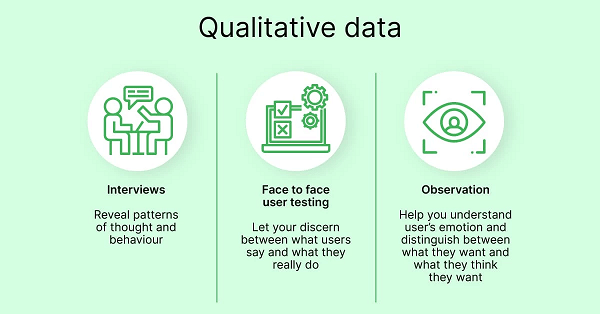
A study's empirical findings are closely examined to form a grounded theory, an inductive research method. Examining meaning patterns is a component of thematic analysis. The main use of conversation analysis is to examine spoken conversations. Biographical research aims to reconstruct life histories from biographical tales and records. The study of narratives people use to explain their experiences is known as narrative inquiry. Characteristics of Qualitative ResearchQualitative research stands apart from other research methodologies thanks to several important features. Its emphasis on comprehending participants' qualitative experiences is among the most significant. This means that the researcher is interested in exploring the participants' beliefs, values, attitudes, and emotions and the context in which they occur. Qualitative research is also often exploratory, generating ideas and insights that can be further investigated in future studies. Additionally, qualitative research is typically conducted in naturalistic settings, meaning the researcher observes the participants in their everyday lives and contexts. 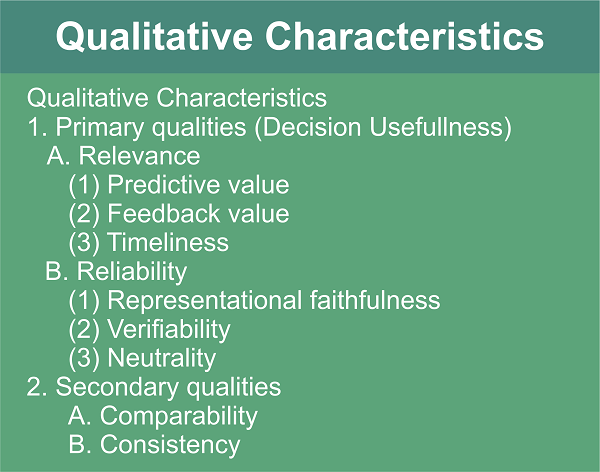
Unlike quantitative research, which often uses standardized instruments and procedures to collect data, qualitative research allows for more creativity and adaptability. Depending on the environment and the research issue, a qualitative researcher could, for instance, utilize various data-gathering techniques, including observations, interviews, and document analysis. Methods of Qualitative Research
Applications of Qualitative Research
Limitations of Qualitative ResearchQualitative research isn't without restrictions. These restrictions incorporate member reactivity, the potential for a qualitative examiner to over-relate to at least one review member, "the difficulty of the Glaser-Strauss thought that speculations emerge from information immaculate by earlier assumptions," the deficiency of qualitative research for testing cause-impact speculations, and the Baconian character of qualitative research. Member reactivity alludes to how individuals frequently act contrastingly when they realize they are being noticed. Over-relating to members alludes to a thoughtful examiner concentrating on a gathering and crediting, more than is justified, ideals or another trademark to at least one member. Contrasted with qualitative research, exploratory research and particular sorts of nonexperimental research (e.g., close examinations), albeit somewhat flawed, are better for reaching cause-impact determinations. 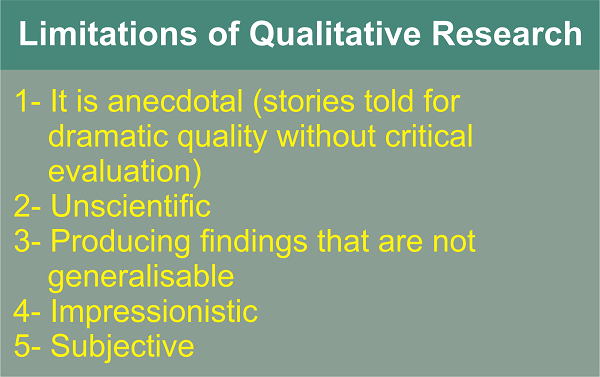
According to Glaser and Strauss, two leading names in the qualitative research area, theoretically meaningful categories and hypotheses might "naturally" emerge from the data a qualitative researcher collects if assumptions do not prejudice the researcher. According to ethnologist David Katz, "a hungry animal divides the environment into edible and inedible things." According to the demands of the animal, things often alter. According to Karl Popper, who continued Katz's argument, "Things can only be categorized and become similar or distinct by being tied to wants and interests. This rule extended to scientists as well as to animals. Popper made it evident that observation is always biased, dependent on prior studies, the objectives, and motivations of the researchers, and thus preconception-less study is impossible. The Baconian aspect of qualitative research is that a qualitative researcher may acquire enough information to product categories and hypotheses. Glaser and Strauss established the concept of theoretical sampling by making observations up until theoretical saturation is reached and no further observations are needed to comprehend the nature of the persons under investigation. According to Bertrand Russell, there can never be a set of data arranged so that a hypothesis springs to mind; instead, gathering observations is generally guided by a tentative hypothesis. Quantitative ResearchQuantifying the data collection and processing process is the aim of quantitative research. Its foundation is a logical approach that focuses on verifying the hypothesis and is influenced by positivist and empiricist philosophies. Related to the normal, applied, formal, and sociologies, this research technique advances the objective observational examination of recognizable peculiarities to test and grasp connections. This is finished through a scope of measuring techniques and methods, pondering its wide usage as a research procedure across contrasting scholastic disciplines. 
The aim of quantitative research is the development and application of mathematical theories, models, and hypotheses that are related to phenomena. The link between empirical observation and the mathematical representation of quantitative relationships are established via measurement, which is a crucial part of quantitative research. Any information that is presented in a quantitative manner, such as statistics, percentages, etc. The researcher utilizes statistics to survey the information, expecting that the discoveries will produce an objective conclusion that can be applied to a greater populace. Comparatively, qualitative research digs further into particular experiences determined to characterize and analyze significance utilizing text, account, or visual-based information by creating subjects novel to that gathering of participants. Quantitative research is generally utilized in brain research, financial aspects, demography, social science, promoting local area wellbeing, wellbeing and human turn of events, orientation studies, and political theory, and less much of the time in human studies and history. Research in numerical sciences, like physical science, is too "quantitative" by definition; however, this utilization of the term contrasts in the setting. In the sociologies, the term connects with experimental strategies starting in philosophical positivism and the historical backdrop of measurements, conversely, with subjective research techniques. Any more general conclusions are just speculations in qualitative research, which only provide information on the specific examples examined. Which of these assumptions is true can be determined quantitatively. A thorough review of these publications revealed that around two-thirds employed a quantitative technique. Use of StatisticsStatistics is the area of mathematics that is most typically used in quantitative research outside of the physical sciences. Additionally, it has uses in various areas, including statistical mechanics. Numerous fields extensively rely on statistical methods, such as economics, the social sciences, and biology. The initial quantitative research stage using statistical methods is data gathering based on the hypothesis or theory. Frequently, a sizable sample of data is gathered, necessitating verification, validation, and recording before the analysis can be carried out. Usually, for this reason, software tools like SPSS and R are employed. Causal links are investigated by changing certain factors that are thought to affect the relevant phenomena while changing others that are crucial to the experiment's outcomes. In the field of wellbeing, for instance, researchers could quantify and concentrate on the connection between dietary admission and quantifiable physiological impacts like weight reduction, controlling for other key factors like activity. Quantitatively based assessment reviews are generally utilized in the media, with measurements, for example, the extent of respondents for a position ordinarily detailed. Respondents are posed with many organized inquiries in assessment overviews, and their reactions are classified. In environmental science, researchers arrange and analyze measurements like temperature or air groupings of carbon dioxide. 
Studying empirical links and associations typically involves using a general linear model, a non-linear model, or component analysis. Although some, like Clive Granger, contend that a string of correlations might infer some degree of causality, correlation does not always indicate causation is a core tenet of quantitative research. This rule derives from the notion that it is always possible for variables with some degree of covariance to have an erroneous connection. Using statistical approaches, associations may be investigated between continuous and categorical data sets. Relationship With Qualitative MethodsIn most physical and natural sciences, quantitative or qualitative strategies are uncontroversial, and each is utilized when suitable. In sociologies, especially in humanism, social humanities, and brain research, the utilization of one or another kind of technique can involve debate and even belief systems, with specific ways of thinking inside each discipline inclining toward one sort of strategy and pouring hatred onto the next. Nonetheless, the greater part of the inclination throughout sociology is to utilize diverse methodologies by joining the two strategies. Qualitative strategies may be utilized to comprehend the significance of the ends delivered by quantitative techniques. Utilizing quantitative strategies and giving exact and testable articulation to qualitative ideas is conceivable. This mix of quantitative and qualitative information gathering is frequently alluded to as blended techniques research. Key Difference Between Qualitative and Quantitative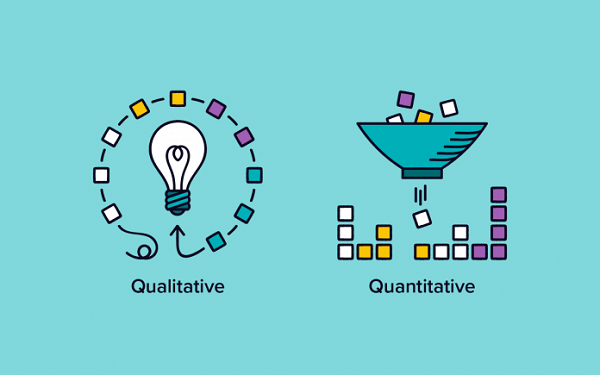
Next TopicDifference Between
|
 For Videos Join Our Youtube Channel: Join Now
For Videos Join Our Youtube Channel: Join Now
Feedback
- Send your Feedback to [email protected]
Help Others, Please Share





